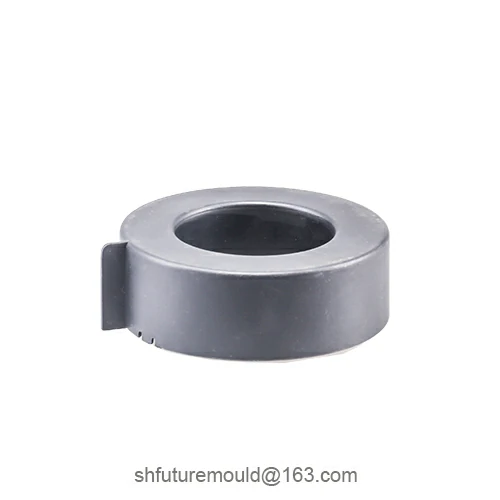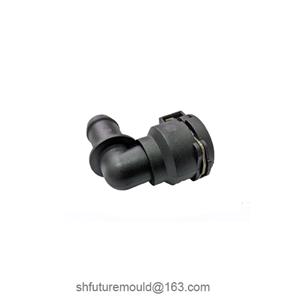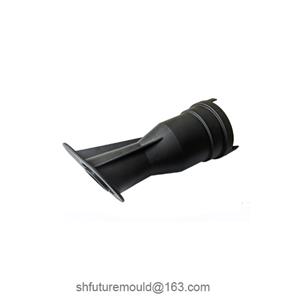Key Points of Food-Grade Injection Molding
Food-grade injection molding refers to the injection molding process used to produce plastic products that come into contact with food (e.g., utensils, food packaging containers, cups, etc.). Such products must adhere to stringent hygiene and safety requirements for raw materials, equipment, production environments, and operational standards.
I. Raw Material Requirements
Use food-grade plastic materials:
Approved materials include PP (polypropylene), PE (polyethylene), PC (polycarbonate), PET, PPSU, etc. These must comply with national or international food contact material standards (e.g., FDA, EU, GB 4806 series).
Supplier qualifications:
Source materials from certified suppliers with relevant certifications (e.g., FDA, ISO 22000, SGS) and maintain documentation proving material compliance.
Prohibit recycled materials:
The use of recycled or non-food-grade additives is strictly forbidden to avoid contamination and quality risks.
II. Mold and Equipment Requirements
Mold material:
Use corrosion-resistant materials such as stainless steel (e.g., S136, 304, 316) to prevent rust contamination.
Mold cleaning:
Regularly clean and sanitize molds to eliminate residue buildup.
Hygienic equipment design:
Injection molding machines and peripheral equipment must allow easy cleaning to prevent dust, grease, or foreign particles from entering production areas.
Oil-free lubrication:
Implement dry or food-grade lubrication systems to avoid lubricant leakage into products.
III. Environmental and Operational Standards
Cleanroom production:
Maintain a dust-controlled environment with regulated temperature and humidity.
Operator hygiene:
Workers must wear protective gear (masks, gloves) and follow sanitation protocols (e.g., no food/drinks in production areas).
IV. Production Process Control
Material handling:
Use dedicated hoppers and pipelines to prevent cross-contamination; enforce strict material tracking.
Parameter precision:
Precisely control injection parameters (temperature, pressure, cooling time) to avoid material degradation or harmful residue.
Traceability system:
Establish batch tracking and quality traceability protocols to enable rapid issue resolution.
- Injection Mold
- Automotive Injection Mold
- Electronics & Electrical Injection Mold
- Consumer Goods Injection Mold
- Airplane Components Injection Mold
- Medical Components Injection Mold
- Irrigation Components Injection Mold
- Injection Molds




